How to Source Timber Responsibly
From oak frames and cedar shingles to pine doors and teak floors, the list of timber products self-builders and keen DIYers purchase is never-ending. The very nature of wood makes it a firm favourite in the building and interiors industries – it’s strong yet lightweight, full of character and easy to build with.
It’s unlikely that there’s a single home in the UK that’s totally devoid of the material. So it’s surprising to find that while most consumers will ensure the lumber they purchase is of good quality and reasonably priced, many are oblivious to its origins.
A survey by conservation charity WWF found that 50% of consumers had no idea that timber items available for sale in the UK can often come from illegal sources or be the product of unsustainable logging. Furthermore, according to the government’s Environmental Audit Committee, trade in illegally sourced timber in the UK (measured in 2008) was worth over $1 billion – which accounts for more than 1.5 m3 of timber, so says WWF.
This type of logging can lead to mass deforestation, which in turn contributes to around 17% of global greenhouse gas emissions. Fundamentally, this means that anyone purchasing timber from an unspecified source could be supporting – albeit unwittingly – an unsustainable timber trade that threatens forests across the world as well as the many people who depend upon them.
The timber trade is a consumer driven market, so if unsustainably sourced wood continues to be purchased – providing a demand – it will continue to be sold. “Most people want to use a material that is seen as ‘green’ and can be produced sustainably,” says Andrew Pitman, technical manager at the Timber Research and Development Association (TRADA). “The only way of doing this is by purchasing timber from a from a sustainably managed source. If the product doesn’t have third party certification, such as FSC, you won’t be able to pinpoint its chain of custody.”
Certification
To ensure that your buying habits are well informed, it’s sensible to familiarise yourself with the UK’s premiere certification schemes. Several organisations provide timber products with a mark of quality to show they have been produced in an environmentally and socially responsible manner, and that the chain of custody – from growth to final sale – has been monitored and approved.
The Forest Stewardship Council (FSC), established in 1993, is an international NGO (non-governmental organisation) that promotes responsible forest management. The FSC has developed a set of principles for forest management and for tracing, verifying and labelling timber products that originate from FSC-certified sources. This operates by engaging independent certification bodies to assess forests against the principles.
Furthermore, the FSC requires certification bodies to conduct annual surveillance audits to verify that companies and forests continue to comply with the requirements, and don’t let standards drop. FSC certification provides a credible link between responsible production and consumption of timber, enabling consumers to make environmentally beneficial purchasing decisions.
The other highly regarded certification body is the Programme for the Endorsement of Forest Certification Schemes (PEFC). The international NGO is made up of representatives of the forest products industry. It was set up to make forest certification more applicable to different types of forests in Europe and beyond, as unlike the FSC, it does not set specific standards. It functions as an umbrella organisation by incorporating and monitoring a number of different national forest certification schemes.
Sustainable selection
If you buy something that’s not certified, even if it’s not illegally logged, it could still have come from unsustainable clear-felled forests. Thankfully, it’s easier than ever before to find responsibly sourced goods. “There is an abundance of respectable companies out there selling certified goods, so self-builders shouldn’t find it hard to track one down. But to make it even easier TRADA has a free-to-use sourcing database that allows you to find exactly what you require,” says Pitman.
Simply type the project you’re undertaking into the database, and it will come up with a list of suitable species to use as well as where you can purchase the certified products from. Alternatively you can use the facility to find a particular wood by name, properties, working characteristics, end uses, or any combination thereof – log on to www.trada.co.uk for more info
Certified products are readily available on the high street and at DIY chains, too. For example, B&Q requires that the wood-containing products they sell are traceable back to independently verified and well-managed sources. B+Q’s extended certified selection accounts for over 16,000 of the products on their shelves, including flooring, decking and garden furniture.
If you’re building a home from scratch, look out for companies that carry certification for their timber frames, such as Border Oak who have just gained FSC and PEFC approval. “It was a difficult assessment – very rigorous and testing – over many months, inspecting every aspect of our company and our chosen suppliers. We are really proud that our Timber Procurement Policy and the FSC and PEFC approval shows that we have an exceptional approach to sustainability – we are not just paying lip service to eco gimmicks,” says Merry Albright of Border Oak.
Costs and quality
A common excuse that suppliers use to explain why they don’t sell FSC products is that they cost too much. Unfortunately it’s a notion shared by many customers. Like any product, price does vary according to what you buy and in the case of wood it’s down to what the species is, the quality or grade of the timber and where it was processed.
So while it’s possible that a certified product could cost more, it’s not automatically the case. “There may be a slight up to 10% price premium, but it’s a very competitive market so you will be able to get a good deal on whatever you want to buy,” says Pitman. “Price variations for timber are more dependent on the species of wood you opt for rather than how it was sourced. Put simply, the price tag comes with the type of wood.
“What’s more, certified wood represents a badge of quality. If a company cares enough about its product to source sustainably certified timber in the first place, they are far more likely to care about the end result, and therefore the end user,” continues Pitman.
Buying behaviour
A new EU law coming into force in early 2013 will mean anyone intending to sell timber products into the UK market must be able show where it’s come from.
Whilst the new regulations will make it easier to ensure you don’t buy illegally sourced timber, it doesn’t automatically mean the timber will have come from a well managed source – legal timber isn’t necessarily sustainable.
You should also be aware that just because a company is licensed to handle certified wood, this does not mean that all, or even any, of the products they sell are made from FSC wood or similar. What matters is the product itself – always check the label.
One element of confusion for consumers is that some products are ‘mixed source’ certified. This means that only 70% of the wood used has to be from well managed sources. Where possible, ensure that what you’re buying is 100% certified. If a retailer doesn’t have the exact item you want in certified timber, you’re likely to find a similar one that does – ask staff for advice. However, if they don’t have the means of showing you the chain of custody certificate, don’t be too easily swayed by their reassurances.
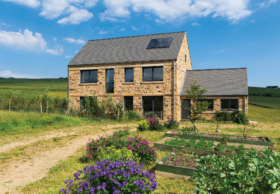
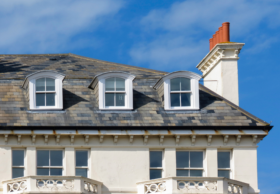





























































































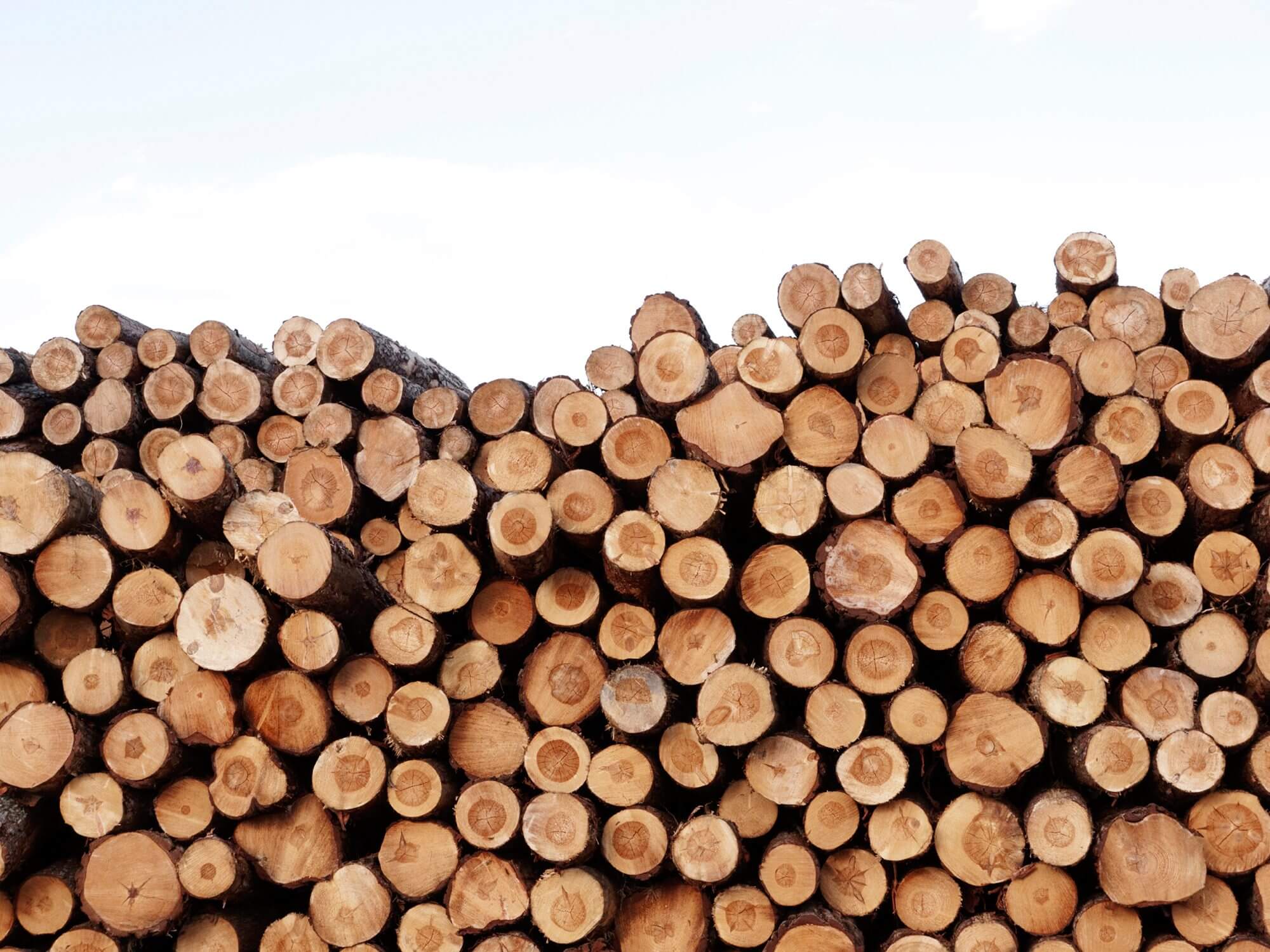
 Login/register to save Article for later
Login/register to save Article for later




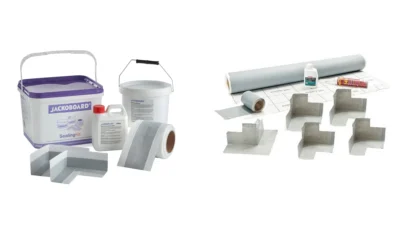
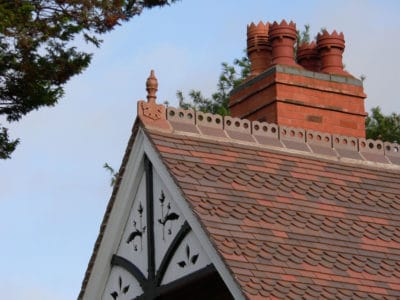

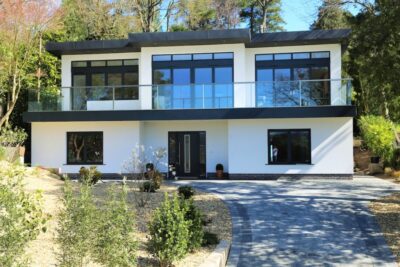





Comments are closed.